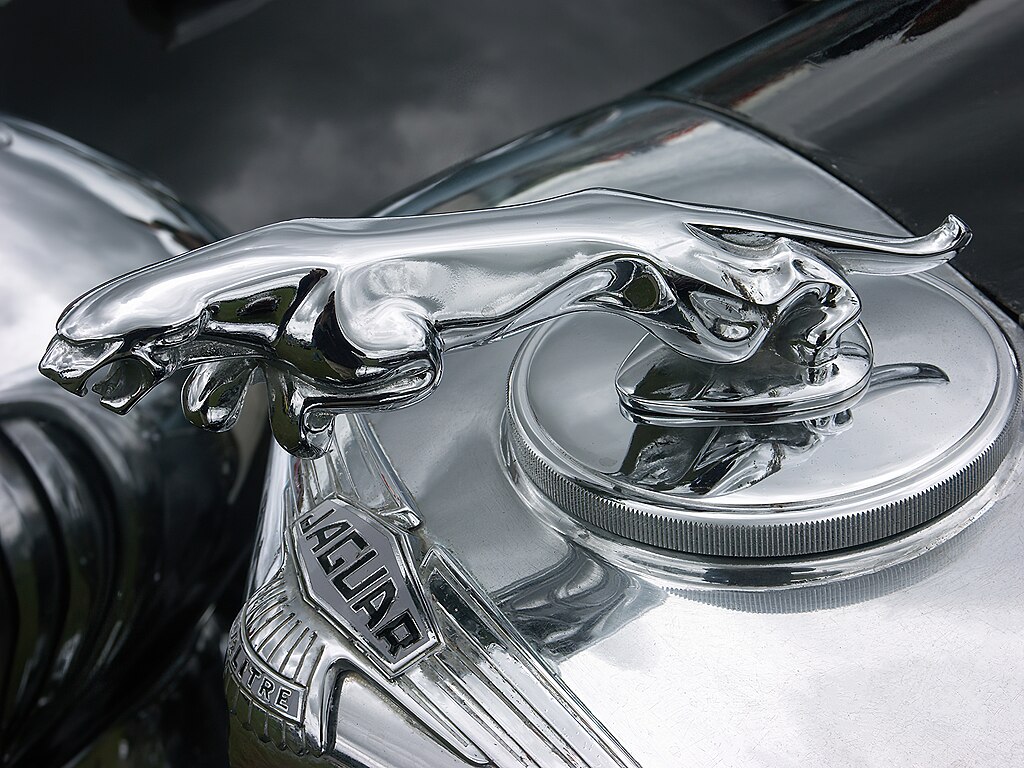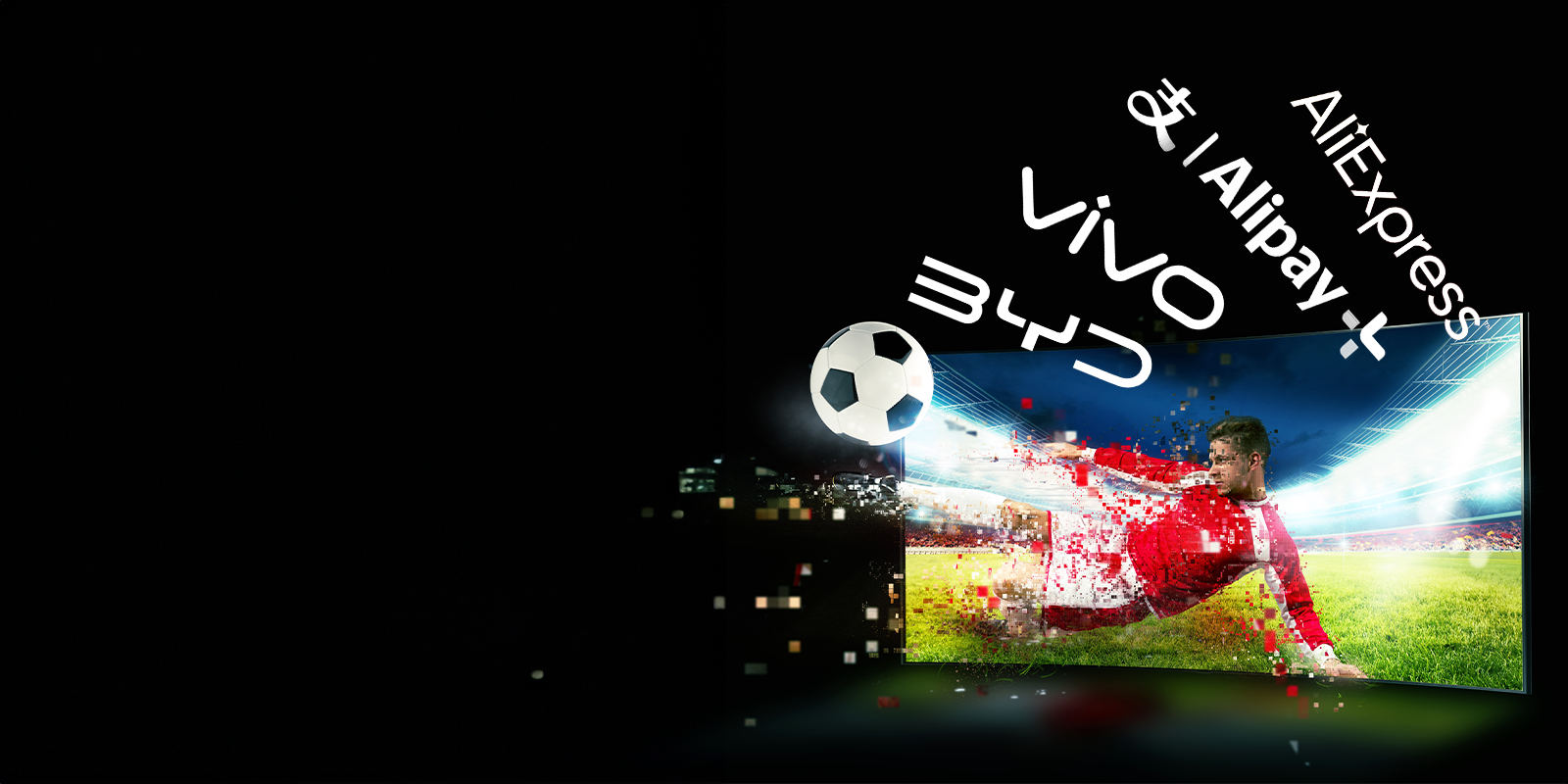The Cola-Cola company
When E. Neville Isdell returned to The Coca Cola Company (TCCC) as CEO in 2004, he brought a vision for change and sustainable growth. Working with his senior management team, he created the “manifesto for growth” which defined sustainable growth in terms of profit, people, partners, portfolio and planet, providing ten-year objectives for each. In 2005, Muhtar Kent, a 28-year veteran of the Coca-Cola System, was appointed president and COO. He was destined to succeed Isdell. When he took the reins of TCCC in July 2008, he was faced with an increasingly complex and evolving environment: sensitive bottler relationships within the System, potentially dynamic growth in emerging markets, evolving consumer tastes, changing shopper behavior, a retail landscape that was consolidating in ownership and innovating in formats, shifting competitive dynamics, and a growing portfolio of products, acquired companies and partnerships. TCCC, as a total non-alcoholic beverage company, faced a new set of challenges and an unclear destiny as it moved forth in the 21st century. How should TCCC innovate, and more generally, how could it accelerate sustainable growth? And, how would its competitors – its old rival Pepsico and the plethora of others with smaller scale and more-focused product and/or geographic scope – address the same issues?
The objective of the case is to 1) illustrate all important aspects of “The Coca-Cola System”, that is the relationship The Coca-Cola Company has with its network of bottlers; 2) outline The Coca-Cola Company’s historical success in sparkling beverages and its recent major moves into non-sparkling categories, 3) describe options facing The Coca-Cola Company are it strives for continued growth.
2005-2008
Cranfield University
Wharley End Beds MK43 0JR, UK
Tel +44 (0)1234 750903
Email [email protected]
Harvard Business School Publishing
60 Harvard Way, Boston MA 02163, USA
Tel (800) 545-7685 Tel (617)-783-7600
Fax (617) 783-7666
Email [email protected]
NUCB Business School
1-3-1 Nishiki Naka
Nagoya Aichi, Japan 460-0003
Tel +81 52 20 38 111
Email [email protected]
IMD retains all proprietary interests in its case studies and notes. Without prior written permission, IMD cases and notes may not be reproduced, used, translated, included in books or other publications, distributed in any form or by any means, stored in a database or in other retrieval systems. For additional copyright information related to case studies, please contact Case Services.
Research Information & Knowledge Hub for additional information on IMD publications
- The Cola-Cola company
- The Cola-Cola company (Abridged)
- The Cola-Cola company
- The Cola-Cola company (Abridged)
Research Information & Knowledge Hub for additional information on IMD publications
Research Information & Knowledge Hub for additional information on IMD publications
BARCELONA, JANUARY 2023. What started in 2016 as a humble entrepreneurial attempt to contribute to a more sustainable future had turned into a solid eyewear brand present in major Western markets. François van den Abeele was even more excited by t...
Consumer preferences are increasingly favoring brands with a strong local identity. The reasons for this trend include environmental concerns and challenges in our fast-paced, interconnected world. Global crises -- such as the COVID-19 pandemic, c...
The case study delves into strategic transformation and leadership transitions at Unilever since 2009. Unilever has been an industry leader of business sustainability. Paul Polman was a pioneer who introduced the idea that, by addressing social an...
in I by IMD 28 January 2025
Research Information & Knowledge Hub for additional information on IMD publications
Research Information & Knowledge Hub for additional information on IMD publications
in FamilyBusiness.org 28 October 2024
Research Information & Knowledge Hub for additional information on IMD publications
in I by IMD 17 October 2024
Research Information & Knowledge Hub for additional information on IMD publications
Research Information & Knowledge Hub for additional information on IMD publications
Research Information & Knowledge Hub for additional information on IMD publications
Research Information & Knowledge Hub for additional information on IMD publications
Research Information & Knowledge Hub for additional information on IMD publications
Research Information & Knowledge Hub for additional information on IMD publications
Research Information & Knowledge Hub for additional information on IMD publications






